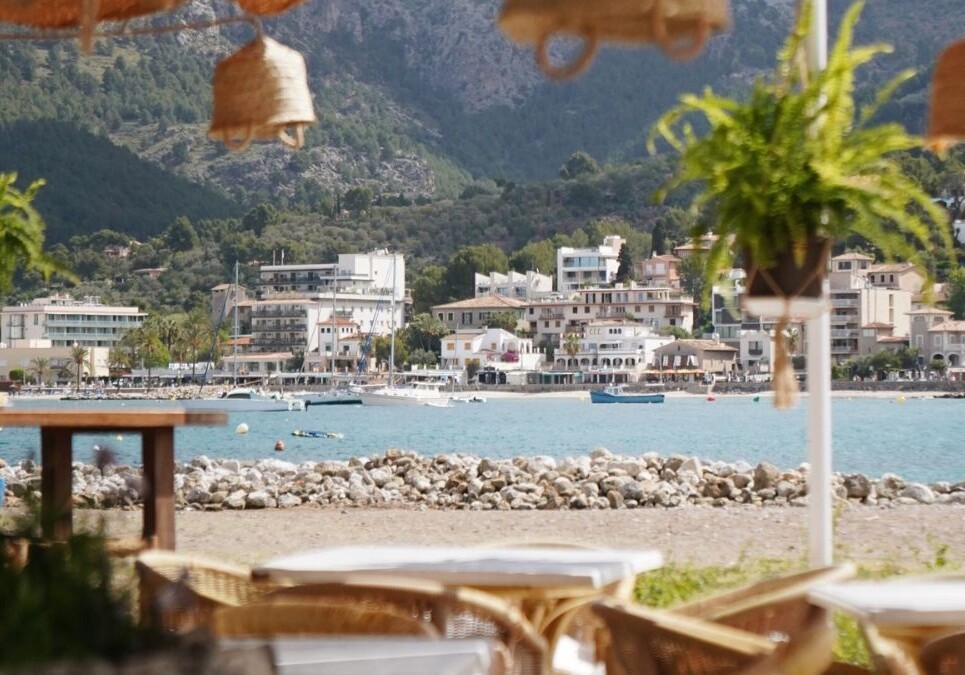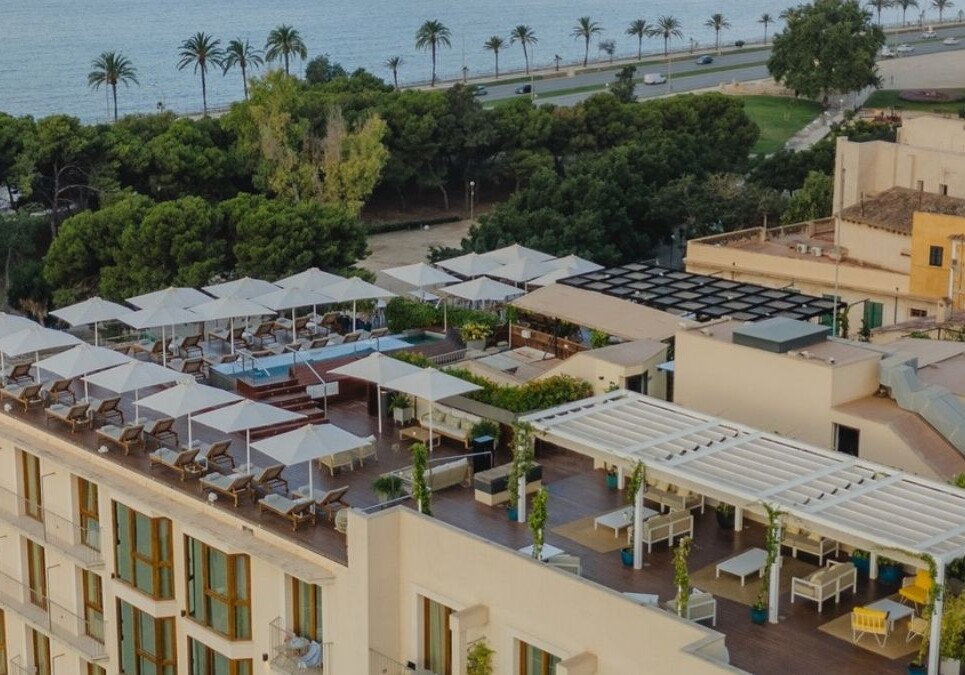The coast of Mallorca is rich with lighthouses due to its strategic location in the Mediterranean. It plays a transit point on many sea routes, as well as the geography of the island itself. One of these jewels is the Porto Pi Lighthouse, one of the oldest operating lighthouses in the world. This historic monument is located on the waterfront opposite the busy Passeig Maritim in Palmas harbour.

The Porto Pi lighthouse is one of the first to be built in the Mediterranean dating back to the year 1300. It is the second oldest working lighthouse in Spain and the third oldest in the world. Its function was to make sure Palma was a safe haven, marking it and promoting it as a trade route. The lighthouse or rather the lower part of the torre was originally used as a signal tower, defending the harbour entrance, but also signalling the arrival of incoming boats at a time when horizontal masts were raised to indicate the arrival and origin of ships. In the 17th century the upper part of the lighthouse the Torre de Senyals, known as Faro de Porto Pi, was relocated to another close by safer spot. Its height was raised in 1613, since which it was used as a lighthouse. There have been several restorations carried out on the lighthouse since then, always preserving the harmony of the original medieval architecture. The tower is a square ground plan and the lamp is raised over two bodies of octagonal elevation. The height of the current tower is 41 metres above sea level and the reach of its light is twenty-two miles. In its interior is a small museum with a permanent exhibit regarding the lighthouses of the island, lighting systems, and maritime signals.
Let’s dig deeper in to lighthouse statistics and history, shall we. There are 19,000 documented lighthouses worldwide, 187 of them are in Spain, 49 are in the Balearic Islands of which 23 are located in Mallorca. They are referred to as guardians of the coast with the purpose to guide sailors on dark nights. For centuries, the lighthouse has been helping to steer the course of ships that, by approaching land, ran the risk of running aground on the rocks or cliffs. The tall towers were crowned with a rotating bulb that gave off a beam light visible from many miles away. The sailors could see it and correct their course. This is why they are located on craggy coasts with cliffs and other locations that could be dangerous for vessels.

Quite a lot is known about the lighthouses in Mallorca, mostly because all of the Lighthouse Keepers kept log books. The first known record relating to a Lighthouse Keeper in Spain refers to Porto Pi when a gentleman by the name of Berenguer de Isern appears in the payment accounts for 1310 for igniting the lighthouse between September to April. During the 2nd century, Mallorca criminals used the lighthouses to attract ships to the coast, then looted them when they became shipwrecked.
Despite that modern-day navigation systems have reduced lighthouses nowadays they still haven’t caused them to lose their romantic feel nor their historical and cultural value. Lighthouses are still worth the visit, not only for their beauty and historical significance, but also for the landscape and sunsets that frame them.

Massar Midgley Mahdi, Team Assistant @ Mallorcaresidencia









